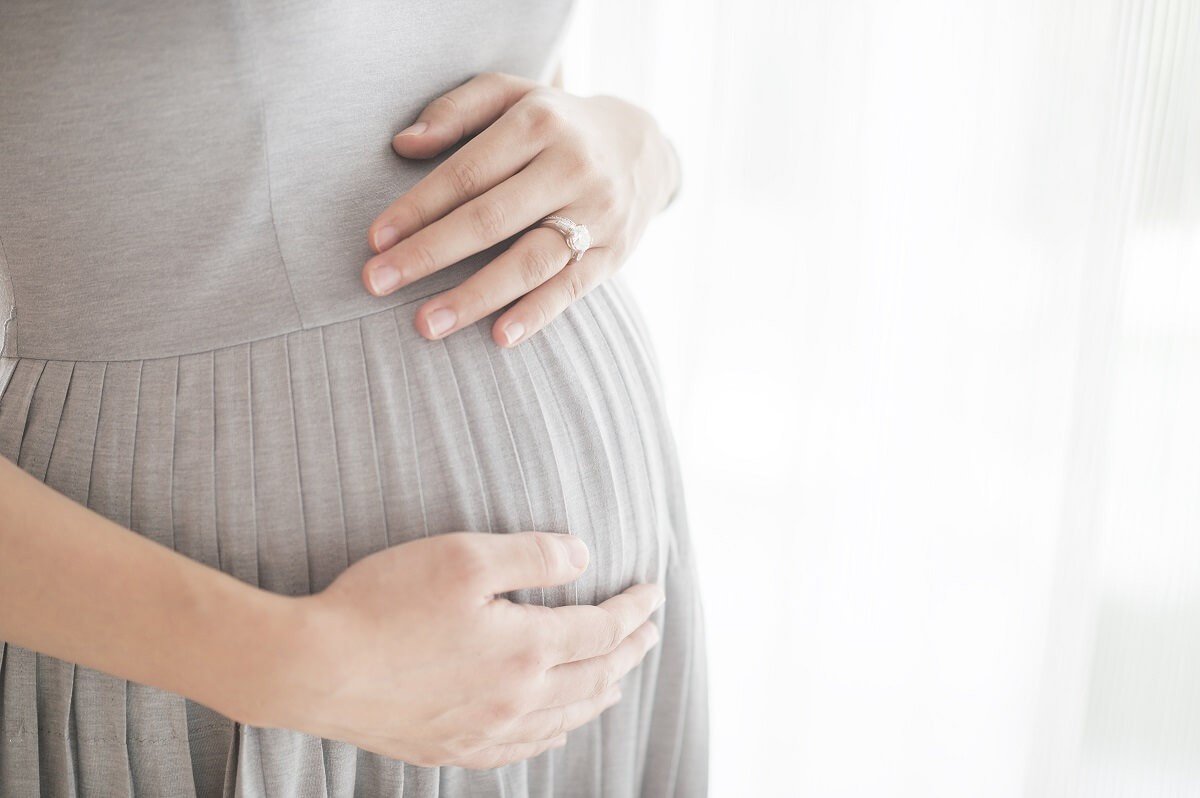Categories
- Bariatric Surgery (11)
- Black Fungus (5)
- Bone Marrow transplant (3)
- Brain Tumor Surgery Navigation Technology (20)
- Cardiac Surgery (66)
- Cardiology (97)
- Computer navigation technology for joint replacements (20)
- Covid Vaccination (17)
- Critical Care (2)
- Dental (19)
- Dermatology (31)
- Dialysis Support Group - “UTSAAH” (11)
- Dietitian (33)
- Emergency Medicine (4)
- Emotional Health (11)
- Endocrinology (33)
- ENT (20)
- Gastroenterology and GI Surgery (53)
- General and Laparoscopic Surgery (21)
- General Surgery (4)
- Gynecology & Obstetrics (183)
- Hematology (20)
- Internal Medicine (294)
- Kidney Transplant (50)
- Kidney Transplantation (20)
- Lung Cancer (8)
- Minimal Invasive Surgery (1)
- Mother & Child (20)
- mucormycosis (5)
- Nephrology (61)
- Neurology (147)
- Neurosurgery (68)
- Nutrition and Dietetics (107)
- Omicron Variant (1)
- Oncology (288)
- Ophthalmology (10)
- Orthopaedics & Joint Replacement (86)
- Paediatrics (59)
- Pediatric Nephrology (3)
- Physiotherapy (5)
- Plastic & Reconstructive Surgery (6)
- Psychiatry and Psychology (90)
- Psychologist (28)
- Pulmonology (72)
- Rheumatology (13)
- Spine Services (21)
- Transradial Angioplasty (16)
- Urology (84)
Query Form
Posted on Apr 19, 2022
ULTRASOUND TEST IN BREAST CANCER
Ultrasound can be defined as an imaging test in which high-frequency sound waves are sent through the breast. These waves are converted into images on a viewing screen. The technician or expert places a sound-emitting probe on the breast and scans the area. Please note that since this computer technology is based on sound waves, there is no radiation associated with the same. This technology is used to scan the stomach and the abdominal area. In recent times it has also been employed to scan the breasts of the women who are below 40 yrs of age.

Ultrasound for Breast Cancer Detection:
Ultrasound is generally not used as a screening test for breast cancer. But, it is used to complement other screening tests to diagnose breast cancer. If an abnormality is seen on mammography or felt by physical exam, ultrasound is the best way to find out if the abnormality is solid (such as a benign cancer) or fluid-filled (such as a benign cyst). But it cannot determine whether a solid lump is cancerous, nor can it detect calcifications.
Ultrasound as a recommendation to scan breasts in women below 40 yrs of age:
It is recommended that ifyour age is below 40 year, doctor may recommend you an ultrasound before mammography to diagnose a palpable breast lump (a breast lump that can be felt through the skin). Sometime with mammograms it is difficult to interpret in young women as their breasts tend to be dense and full of milk glands. In mammograms, this glandular tissue looks dense and white much like a cancerous tumor.
Ultrasounds are used for Radiology Guided Biopsy:
Most breast lumps in young women are benign cysts, or clumps of normal glandular tissue.Doctors may use ultrasound to guide biopsy needles precisely to suspicious areas in the breast. Ultrasound has a high diagnostic yield in differentiating breast cancer from benign lesions, in preoperative assessment and even in the detection of early cancers that are mammographically and clinically occult. The advantage of breast ultrasound compared to mammography increases with higher breast density and in young women where the sensitivity of mammography is low.
Therefore, if mammography is performed, the breast density should always be reported and additional ultrasound should be offered if indicated. Besides improved cancer detection, ultrasound improves the differential diagnosis and local staging and is a useful guidance for interventions.



